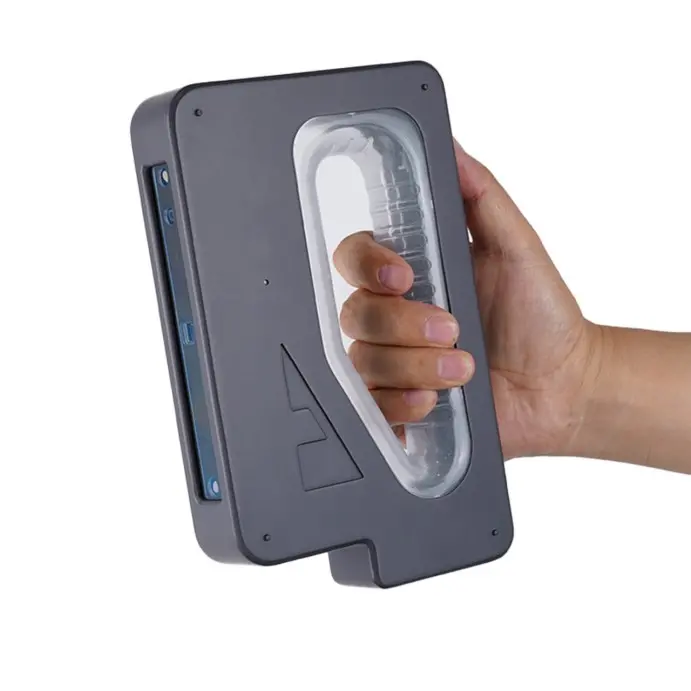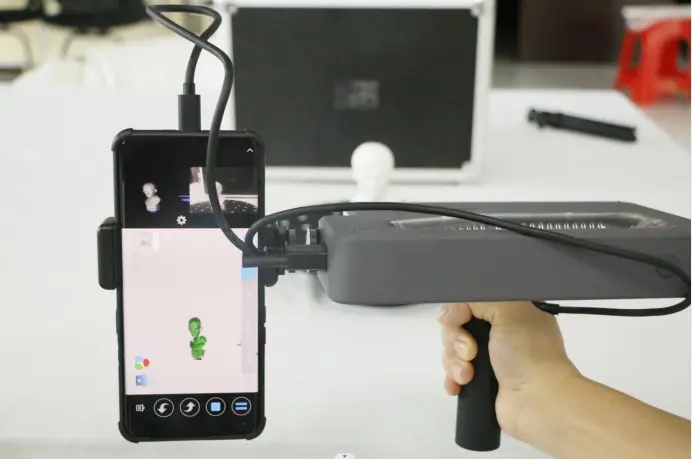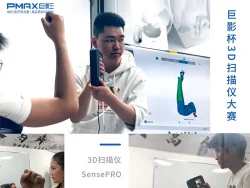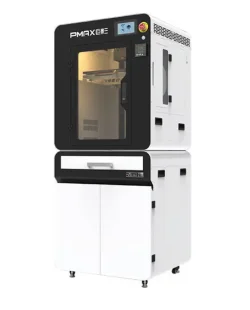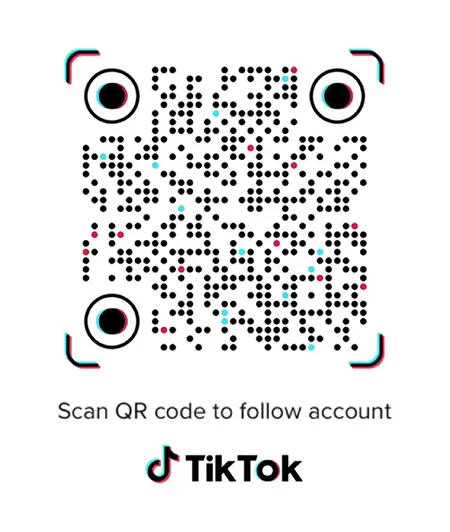2023-04-13
With the continuous progress of science and technology, 3D digitizing technology is becoming more and more mature, and the application scope is becoming more and more extensive.
And among 3D digitization technologies, the 3D scanner is an important part of it, which can convert physical objects into digital models quickly and with high precision, providing convenience for design, production, and maintenance in various industries. This article will focus on the application of 3D scanners and 3D digitization in various industries.
I. Classification of 3D scanners
First, we need to understand the classification of 3D scanners. The scanning principle can be divided into two kinds: optical and mechanical scanning; according to the scanning, the method can be divided into two kinds of handheld scanners and desktop scanners. The handheld scanner can move freely and is suitable for scanning large objects or objects that are not convenient to be fixed; while the desktop scanner is suitable for scanning small objects that are fixed.
2. The application of 3D scanners and 3d digitization in the manufacturing industry
In the manufacturing industry, the 3D scanner can quickly scan the 3D model of the parts, the 3d digitization helps designers to carry out CAD modeling, avoiding the tedious process of manual measurement and modeling, greatly improving the design efficiency and accuracy. At the same time, the 3D scanner can also be used for inspection and maintenance, by scanning the surface of the object for comparison, the defects and damages of the object can be found quickly, avoiding the traditional visual inspection errors and leakage problems.
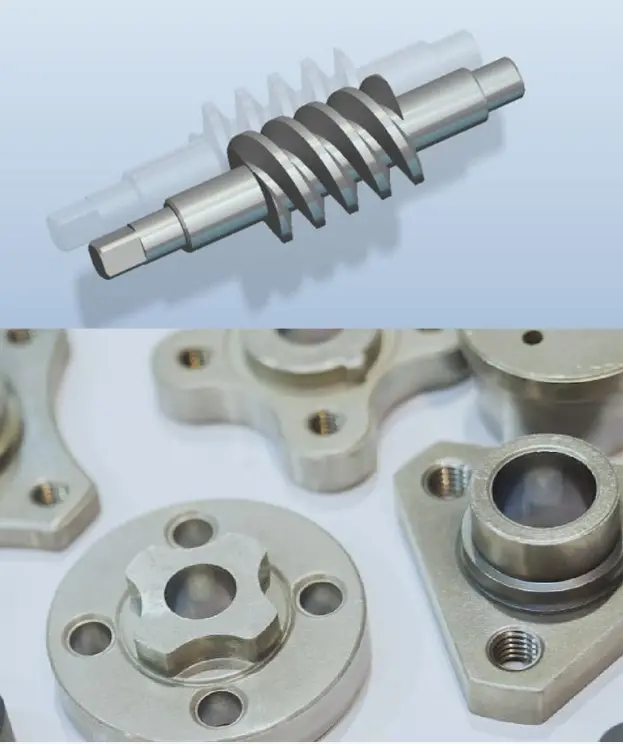
3. The application of 3D scanners and 3d digitization in the conservation of cultural relics
In the field of cultural relics conservation, 3D scanner also plays an important role. By 3D scanning of cultural relics, a high-precision digital model can be created, which provides the basis for digital conservation of cultural relics. At the same time, these digital models can be used for the reproduction and exhibition of cultural relics, as well as for the restoration and conservation of cultural relics.
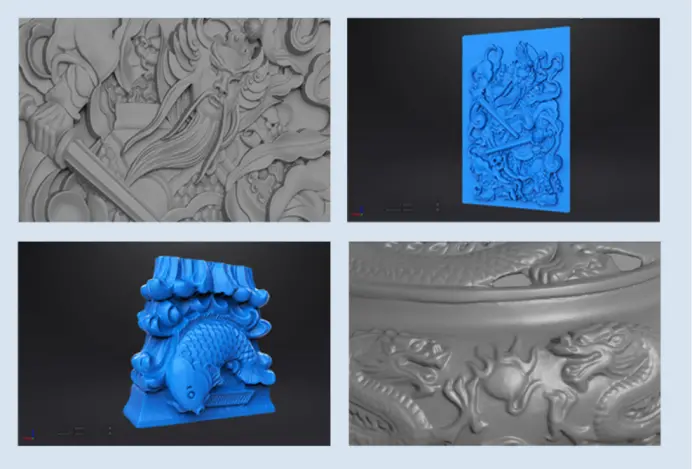
4. The application of 3D scanner and 3d digitization in the Healthcare
In the healthcare industry, 3D scanning has been widely used in the field of orthopedics. For example, 3D scanning can be used to create a digital model of a patient's knee or hip joint, which can then be used to design custom implants or surgical guides. 3d digitization not only improves the accuracy of the surgery but also reduces the time needed for the surgery. In addition to orthopedics, 3D scanning can also be used in other areas of healthcare, such as dentistry and plastic surgery. For example, 3D scanning can be used to create a digital model of a patient's teeth or face, which can then be used to design custom dental implants or facial prosthetics.

In conclusion, 3D scanners are increasingly used in 3D digitization, not only to improve design efficiency and accuracy but also to facilitate production and maintenance in various industries, as well as to preserve cultural relics and heritage. With the continuous development of technology, it is believed that 3D digitizing technology will be applied in more fields, bringing more development opportunities for human production and cultural undertakings.
